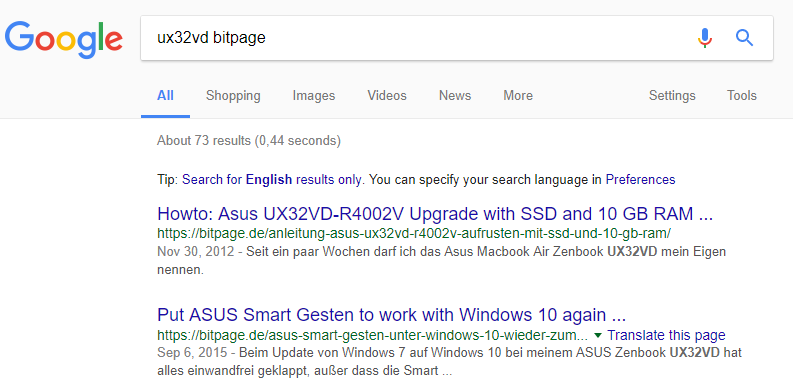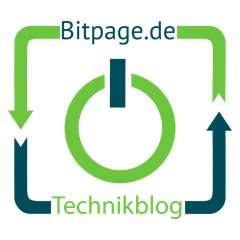In the past I was a fan of this URL-structure, which is often called permalink. This kind of structure gives the searchengine user the direct view of the date. This helps saving valuable “Click and View”-Time if you only look for newest websites. But Google has improved his Result Pages and shows the publish dates of the websites directly in the SERPS directly under the title with the help of structured data. Therefore this main bullet point became six feet under for me.
The same opinion have had my web oriented Follower on Twitter. Actually I wanted to keep the URL structure with categories included for SEO reasons. But without the urls are more shorten and nicer for humans to read, so categories gonna get the chop. I am pretty sure now that keeping categories in the URL structure only has a minimal or non signifcant SEO effect. Anyway Google seems to detect the blog title and shortens the rest out of the URL with “…”.

Accelerated Mobile Pages should not be forgotten
During the Conversion of the permalink structure in WordPress I foolishly assumed WordPress would redirect the visitors by itself. One look at the Piwik Visitorlog showed many “404 – Page not found”-Failures. Quickly added a Redirect-Match rule in the .htaccess file and mousetrapped the next failure: I use a AMP-Plugin for Googles mobile friendly Cache, so every blog entry or site is also available with “/amp” at the end of the URL. By the way: I am very satisfied with this AMP plugin which I can highly recommend.
For example this blogpost is accessible as AMP-Version with this URL https://bitpage.de/urls-wie-2017allgemeinblogbeitragsname-sind-nicht-mehr-zeitgemaess/amp. This was something I missed in my regex pattern in the .htaccess file and fixed it. I am sure other blogger also want to update their permalink structure, so I think I will write a Howto article for changing this. Luckily I saw the 404 failures in the logs and Google shouldn’t take it the wrong way.
This post is also available in:  Deutsch (German)
Deutsch (German)


